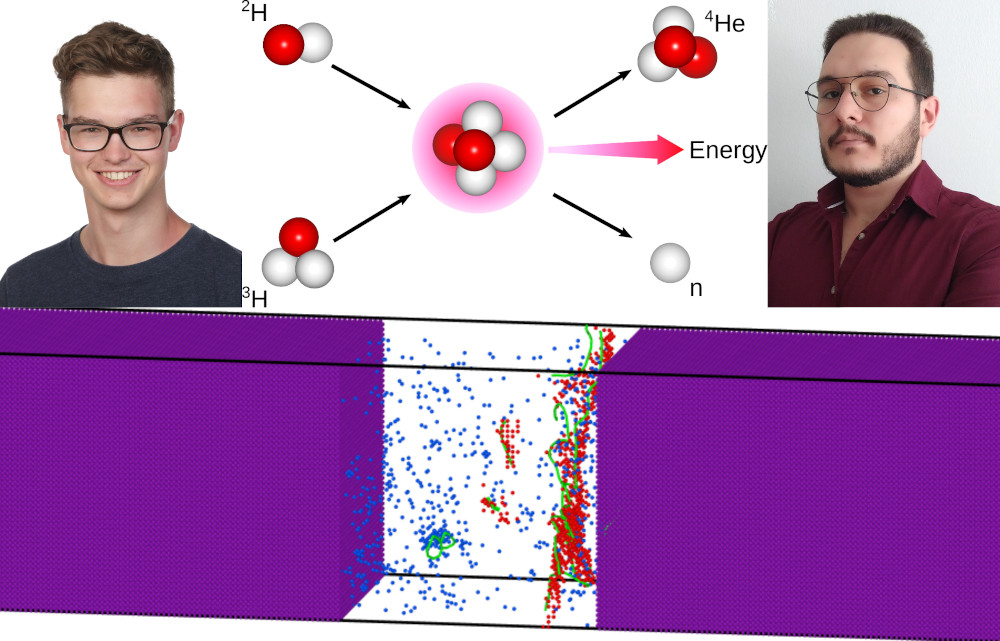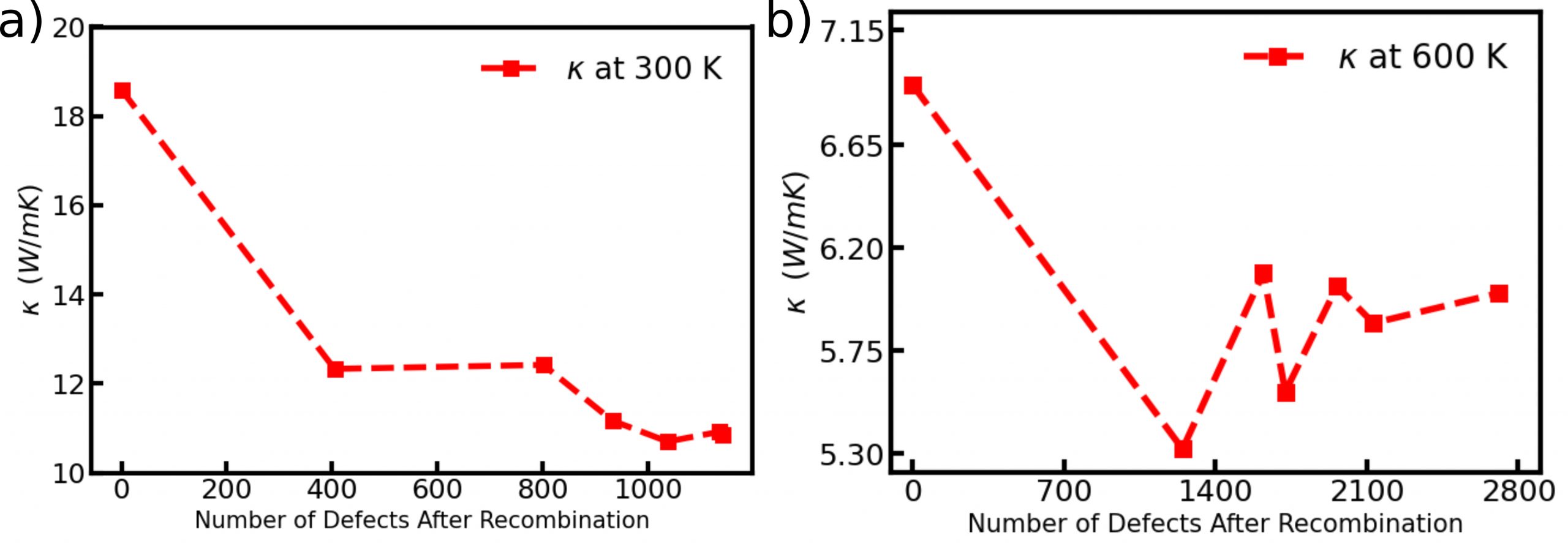
Hi! We are Arda Erbasan and Dominik Freinberger. Together, we would like to share our experience working in the BSC Fusion group at the Barcelona Supercomputing Center (BSC) in the summer of 2022.
Thanks to the PRACE Summer of HPC (SoHPC) program, we had the opportunity to work on the project Fusion reactor materials: Computational modeling of atomic-scale damage in irradiated metal during July and August. It was a great experience, and in the following, we give more details on who we are, what we did, and how it was, so stay tuned!
About us
Arda Erbasan
My name is Arda Erbasan, and I am from Türkiye. I completed my Physics Bachelor at Middle East Technical University in Türkiye. Currently, I am studying for a Master’s in Physics at the same university. I have been working in Computational Materials Science for 2.5 years. Although I am experienced with Density Functional Theory simulations, I particularly found the investigation of Fusion Materials exciting and interesting. Especially simulating neutron damage on material and assessing physical properties captivated me and fed my curiosity.
Dominik Freinberger
My name is Dominik Freinberger, and I am from Vienna, Austria. Since my early days in secondary school, controlled nuclear fusion has been fascinating me. It was this very topic that led me to pursue and complete a Bachelor’s degree in Physics. I am currently doing my Master’s in Computational Science and Engineering at the Vienna University of Technology. So, the internship project combines both of my interests, computational science and nuclear fusion.
Our project
The aim of our project was to study the effect of high radiation doses, as they occur near the plasma in a fusion reactor, on the thermal conductivity of tungsten.
The fusion of deuterium and tritium inside a fusion reactor releases a high-energy alpha particle and a high-energy neutron. Materials inside a fusion reactor are thus exposed to high radiation, immense heat load, and neutron bombardment. Needless to say, these materials must exhibit specific properties, such as a high melting point, high thermal conductivity, and a long lifespan, for economic and safety reasons. Good thermal conductivity is essential to dissipate a high amount of heat quickly and effectively to a coolant. One such material possessing the desired properties and already used in fusion reactors is Tungsten, and its thermal conductivity after irradiation damage was the primary research subject in our SoHPC project.
We used molecular dynamics, a computer simulation technique to simulate atoms’ and molecules’ movements and thermodynamic properties. The software used to run the simulations is called Large-scale Atomic/Molecular Massively Parallel Simulator (LAMMPS), an open-source code.
We explored plenty of different phenomena and ran various simulation setups on the MareNostrum Supercomputer at the BSC. Two particular simulations for estimating the thermal conductivity of irradiated tungsten were done at temperatures of 300 K and 600 K. A tetragonal box of tungsten with a body-centered cubic (BCC) structure consisting of 2.5 Million atoms was created. The damage is introduced to the middle 10% of this simulation box by the CRA method. After the system is brought to thermal equilibrium, the box is heated in one region and cooled in another region of the same size and distance from the boundary resulting in steady-state heat flux.

By studying the slope of the temperature gradient along the heat flux, we deduced the thermal conductivity. The following two graphs display the correlation of thermal conductivity versus the number of defects in the system for various damage levels at 300 K and 600 K, respectively. As can be seen, the number of defects strongly affects thermal conductivity.

Video of our project
Final remarks
Throughout the summer, we acquired various skills, from working with an HPC cluster to setting up and post-processing molecular dynamics simulations, as well as communicating arising issues and discussing exciting findings. Although the project was held remotely, we never felt disconnected in any way. Thanks to the motivation, support and guidance from Mary Kate Chessey and Julio Gutiérrez Moreno, our supervisors, and our regular meetings, we really felt involved and included. The weekly group meetings organized by BSC Fusion Group Leader Mervi Mantsinen gave us the opportunity to chat and connect with all the other BSC Fusion Group members and get a glimpse of the many interesting research areas around computational physics in nuclear fusion.
Finally, we would like to thank all of you for this wonderful summer research experience!
